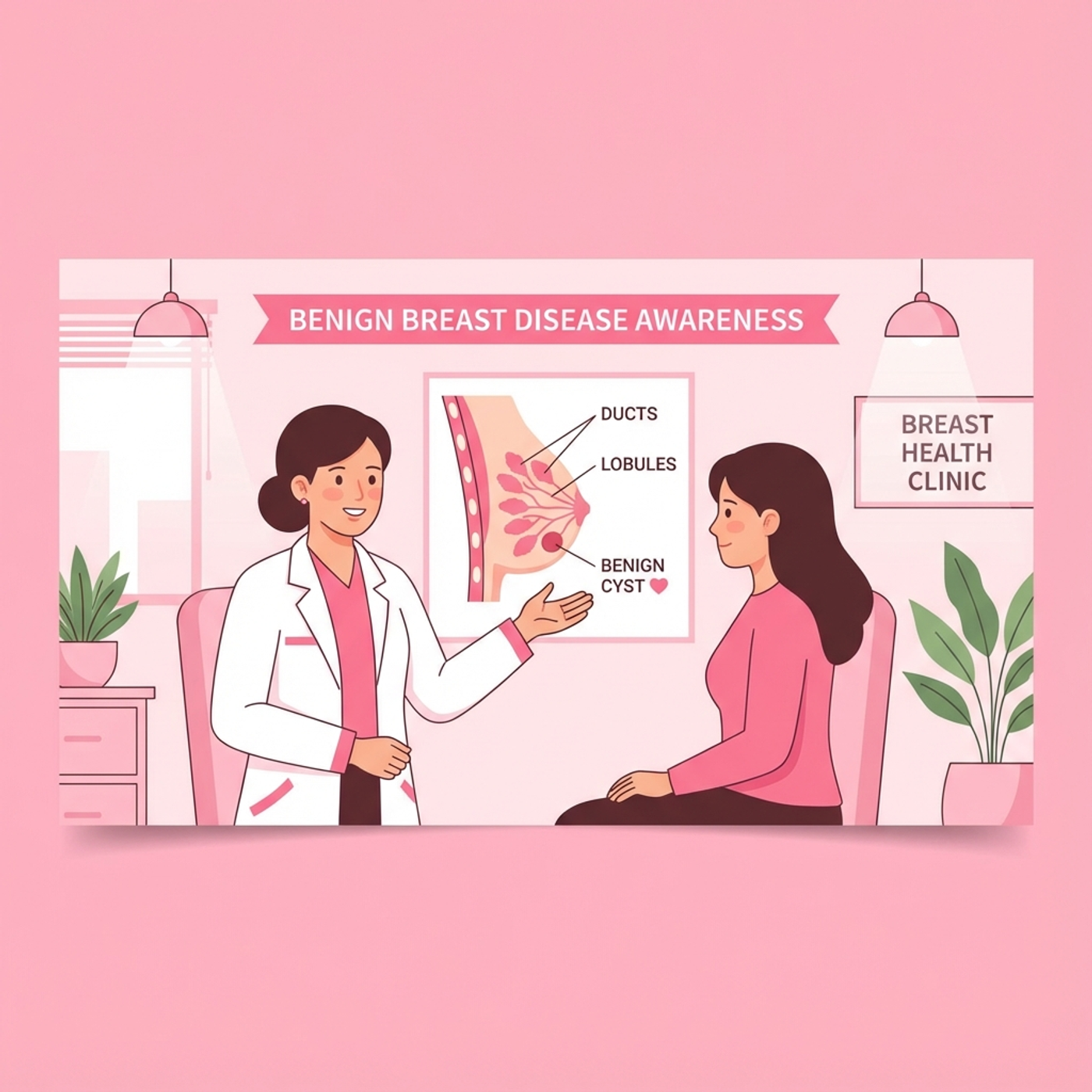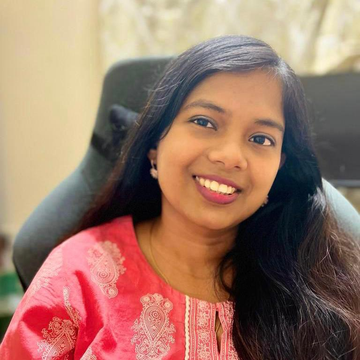Benign Breast Disease: Understanding Breast Problems Other Than Cancer

Finding a lump in your breast can be terrifying. The immediate thought is often cancer. However, it is important to know that most breast lumps are not cancer. In fact, up to 80% of breast changes are benign breast disease.
This guide will help you understand breast problems other than cancer, the different types of benign breast tumors, and how specialists like Dr. Gayathri Priyadharshinee diagnose and treat them effectively.
What is Benign Breast Disease?
Benign breast disease refers to a group of non-cancerous disorders of the breast. The word “benign” simply means it is not cancer and does not spread to other parts of the body.
While these benign conditions of breast tissue are not life-threatening, they can cause discomfort, pain, or anxiety. Understanding these breast disorders is the first step to peace of mind.
Common Breast Diseases List: Types of Benign Conditions
There are many different breast issues other than cancer. Here is a list of the most common ones:
1. Fibroadenoma (Benign Breast Tumor)
This is the most common non cancerous breast tumor found in young women (ages 15-35). It feels like a smooth, rubbery marble that moves easily under the skin. While it is a benign breast lesion, it can grow and cause pain.
Read More: Fibroadenoma Surgery Cost in Bangalore: Why VABB is the Smarter Choice
2. Breast Cysts
Cysts are fluid-filled sacs that can feel like a soft grape or a water-filled balloon. They are very common breast problems in women nearing menopause. They are almost always benign.
3. Fibrocystic Breast Changes
This isn’t a disease but a condition where breasts feel lumpy, rope-like, or swollen, especially before a period. It is a very common benign breast condition caused by hormonal changes.
4. Intraductal Papilloma
This is a small, wart-like growth inside the milk duct. It can cause nipple discharge. While it is a benign breast tumor, it may need to be removed to rule out other issues.
5. Mastitis
An infection of the breast tissue, commonly affecting breastfeeding women. It causes redness, swelling, and pain.
Read More: Red Spot on Breast: Is it a Bug Bite, Rash, or Cancer?
Symptoms of Benign Breast Disorders
How do you know if you have a benign breast disease? Look out for these symptoms:
- A lump or thickening in the breast or underarm.
- Breast pain or tenderness (often linked to your period).
- Changes in breast size or shape.
- Nipple discharge (that is not breast milk).
If you notice any of these breast problems, it is crucial to see a specialist immediately.
Diagnosing Benign Breast Lesions
You cannot diagnose a lump just by feeling it. You need a specialist. Dr. Gayathri Priyadharshinee, a leading Interventional Radiologist, uses advanced imaging to differentiate between a non cancerous breast tumor and something more serious.
- Ultrasound: Best for young women and for telling the difference between a solid tumor and a fluid-filled cyst.
- Mammography: An X-ray of the breast.
- Biopsy/FNAC: A small needle test to confirm the diagnosis.
Treatment for Benign Breast Tumors
Just because a tumor is benign doesn’t mean you have to live with it. If a benign breast tumor like a fibroadenoma is large, painful, or growing, it can be removed.
The Modern Approach: VABB (Vacuum-Assisted Breast Biopsy)
In the past, removing a lump meant open surgery and a scar. Today, specialists like Dr. Gayathri use VABB.
- Scarless: Removes the benign breast lesion through a pinhole.
- Safe: Done under local anesthesia.
- Fast: You go home the same day.
FAQ: Breast Problems Other Than Cancer
What are the most common breast problems other than cancer?
Fibroadenomas (solid lumps) and cysts (fluid sacs) are the most common benign breast issues.
Can a benign breast tumor turn into cancer?
Most benign breast diseases do not increase your cancer risk. However, some complex lesions might slightly increase risk, so regular monitoring by a specialist is important.
How do I treat a non cancerous breast tumor?
Small ones may just need observation. Larger or painful ones can be removed painlessly using VABB without needing major surgery.
Conclusion
Hearing the words ”benign breast disease” is good news—it means you are safe from cancer. However, these breast disorders still require expert care.
If you are facing any breast problems, consult Dr. Gayathri Priyadharshinee at Her Care. Whether it’s diagnosing a benign breast lesion or removing a benign breast tumor without a scar, you are in the safest hands.
